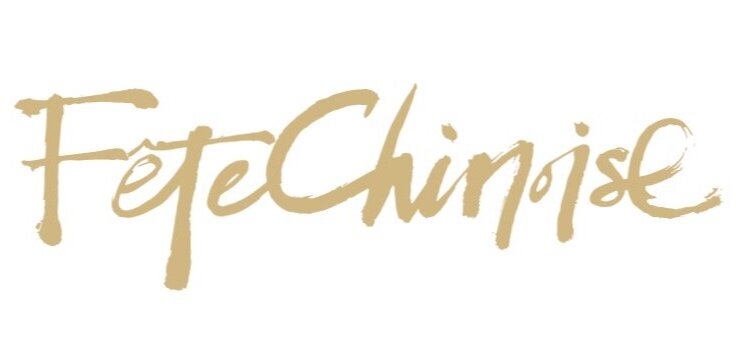Dragon and Phoenix
By Anny Fong
Photos by Tim Chin Photography
Are light and darkness opposites? Is darkness simply an absence of light? Can the concept of darkness exist without the concept of light? From the perspective of Chinese philosophy, this is an embodiment of the concept of yin and yang: seemingly opposing forces are actually complementary, interdependent, and interconnected.
By itself, yin is characterized by femininity, passiveness, darkness, softness, and coldness. In stark contrast, yang is characterized by masculinity, aggressiveness, light, hardness, and heat.
It is believed that everything has both yin and yang within it and that such duality creates harmony. In fact, in Chinese medicine, illnesses are thought to originate from an imbalance of yin and yang.
As the concept of yin and yang is deeply engrained in Chinese culture, a symbol that represents this in marriage is the dragon and phoenix. In feng shui, a well-known stream of Chinese geomancy, the legendary duo of the dragon and phoenix is the epitome of a perfect marriage.
The dragon and phoenix, like a husband and wife, are seen to be the perfect match for each other. In Chinese culture, the dragon is revered as a legendary symbol of power and authority. According to folklore, dragons control the weather and cause rainfall and floods. Furthermore, the dragon has been associated with imperial power; throughout China’s rich history, the dragon has been used to represent the emperor. The dragon was depicted on the Chinese national flag, also known, as the Yellow Dragon Flag, during the Qing dynasty (1644—1911). The phoenix is a mythical bird that is widely seen to be the queen of birds symbolizes grace, beauty, and high virtue. The empresses of China were traditionally represented by the phoenix. The phoenix is said to be just and does not tolerate any abuse of power, and thus is the perfect partner to the powerful dragon.
Marriage is undoubtedly one of the most celebrated milestones in one’s life. The presence of dragon and phoenix motifs cannot be missed, as they are symbols reserved for weddings. On her wedding day, a Chinese bride can wear a highly embroidered silk dress called a qun gua (not to be mixed up with a qi pao, though some modern brides decide to wear a qi pao instead of a qun gua). The qun gua is usually embroidered in gold and silver with elaborate images of a phoenix (and sometimes a dragon as well). Such symbols are reserved mainly for weddings. It should be noted that the qun gua that a bride often wears has shorter sleeves so that the bride can wear and display the many bangles that she receives. Pairs of dragon and phoenix bangles are usually given to a bride as a blessing. These 24-karat-gold bangles are etched with delicate details, depicting dragons and phoenixes, are generally gifted to a bride by her parents, the groom’s parents, and other respected elders in the family.
When it comes to marriage, the dragon and the phoenix are the embodiment of yin and yang, and represent the bride and groom, who are seen as a perfect match for each other, as they embark on the next chapter of their lives together.
Anny Fong is a lifelong scholar who is passionate about leading others to reach their full potential. Continuing her family's legacy in education, she teaches at Enrichment Learning Centre and at the University of Toronto; additionally, she serves as the Principal of Enrichment Secondary School, a private high school she established in 2009. Before turning 30, Anny earned Masters degrees in Engineering, Business (Toronto-Rotman), and Law (York-Osgoode). Aligning with her passion, she is currently pursuing a PhD degree at the University of Toronto, focusing on leadership education. To Anny, Fête Chinoise means an opportunity to learn from cultural underpinnings that enable continuous personal growth.



